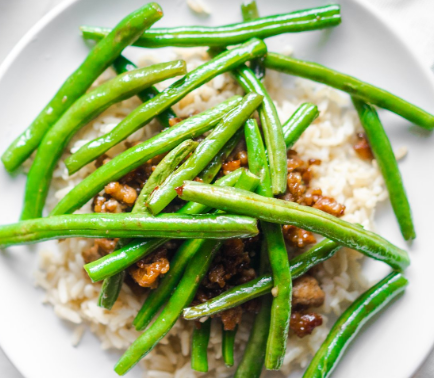| "Descrizione" by Whiz35 (11840 pt) | 2020-Oct-11 12:01 |
Review Consensus: 16 Rating: 8 Number of users: 2
| Evaluation | N. Experts | Evaluation | N. Experts |
|---|---|---|---|
| 1 | 6 | ||
| 2 | 7 | ||
| 3 | 8 | ||
| 4 | 9 | ||
| 5 | 10 |
The bean (Phaseolus vulgaris L.), is one of the most important plants for human nutrition and is also one of the vegetables with more protein.

In richer countries, the consumption of beans consumption has decreased even though meat production is much more expensive and is considered, by comparison, less healthy.
Red meat has important health contraindications as it appears to be associated with cardiovascular disorders and cancer. The scientific literature agrees on this.
To counter this trend, it is suggested to replace meat, in particular red meat, with vegetables that provide the human body with the proteins necessary for healthy development, i.e. beans.
Even with regard to one of the most common health problems in high-tech countries, obesity, beans play an important role.
The content of the beans includes (1):
- protein 18 to 31%
- carbohydrates 50 to 76%
- calcium 0.05 to 0.31%
The green bean (Phaseolus vulgaris L.) like all beans belongs to the Fabaceae family which includes widely consumed species, such as peanuts and soybeans.
It contains small amounts of vitamins including vitamin C or ascorbic acid, vitamin B or folic carotenoid acid including modest amounts of neoxantine and violaxantine.
Among the pigments, even small amounts of chlorophyll.
References__________________________________________________
(1) Dry beans of Phaseolus. A review. Part 1. Chemical composition: proteins. Sathe SK, Deshpande SS, Salunkhe DK. Crit Rev Food Sci Nutr. 1984;20(1):1-46.
| Evaluate |

